Why Choose Cruelty-Free & Vegan Skincare?
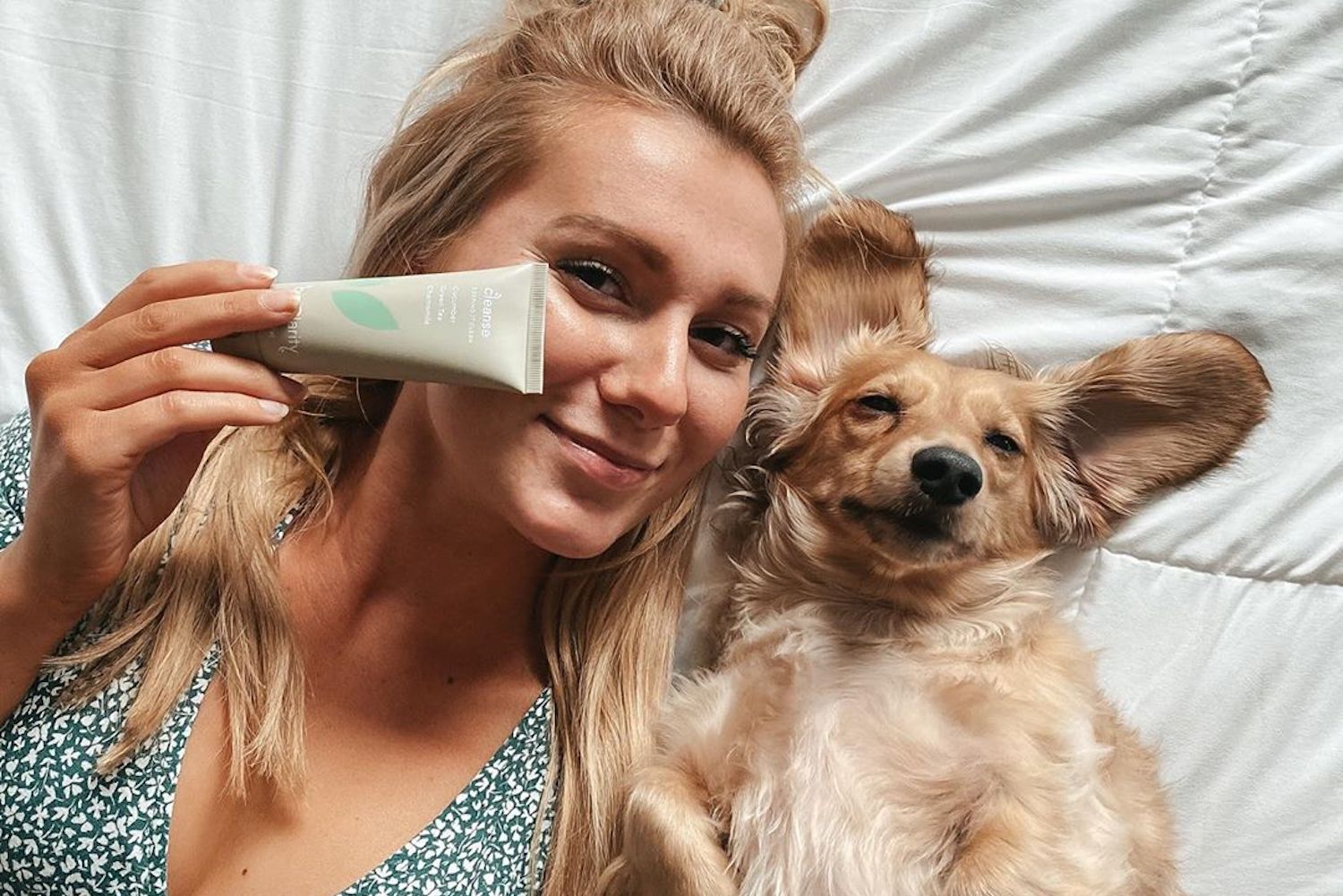
Skin care is the biggest segment in the beauty industry, with global sales expected to gross $130 billion by 2019. Dominating such a large portion of the market and occupying so much aisle space, cosmetic and skin care companies are cutting corners to keep up with demand and competition.
In addition to increasing the amount of chemicals used as preservatives to extend shelf life, companies are performing tests on animals to get quick and easy research. Some people might mistake this as a harmless practice, but in a public survey conducted by the Physicians Committee for Responsible Medicine (PCRM), 72 percent of those surveyed believe that testing cosmetics on animals is unethical.

By the time these products make their way onto shelves, they’ve been deemed as “Safe” for use. Yet, nearly all skin care products and acne treatments come with a warning label which suggests avoiding direct eye contact and to seek medical attention for allergic reactions. This is because the new products being manufactured in our science-inspired cosmetic era contain many powerful, synthetic compounds that pack a big punch. No one can be truly sure how each individual will react to a given chemical, and tests on animals are used to make these conjectures.
Is Animal Testing Common?
Tens of thousands of rabbits, guinea pigs, mice, and rats are still subjected to painful tests each year to bring eye shadow, shaving creams, acne treatments and skincare products to American stores. The data collected from animal testing tips off manufacturers as to which ingredients act as skin irritants, and they’ll measure these known irritants in different quantities on animals to determine their safety versus effectiveness.
Just because a product might not display any warning signs physically doesn’t mean it poses no inward danger. For example, oral retinoids, such as isotretinoin (a prescription acne treatment previously sold under the brand name Accutane), are known to cause birth defects. That data was confirmed by animal testing research in 1988, and almost 30 years later, similar animal testing is underway in laboratories across the states.
The good news? Awareness regarding these unethical practices is on the rise. Some countries have banned animal testing, and the PCRM survey suggests a growing dissidence in countries where it still remains legal, such as the United States. You’ve likely seen the labels “vegan” or “cruelty-free” on your skincare products; let’s delve into the reasons behind these labels and why they matter for your skincare regimen.
The History of Skin Care
The practice of skin decoration and care dates back to early history, with the first official written record clocking in nearly six millennia ago.
Ancient Egyptians and Skin Care
Ancient Egypt was a culture renowned for its knowledge and use of cosmetics and ointments, and we remember Cleopatra as famed for her beauty—and her unusual beauty regimens. Fueled by the abundance offered from the Nile River, advancements in writing, agriculture, and urbanization soon lead to the development of herbal medicines, tinctures, and treatments using botanical ingredients. The Egyptians used these products on their skin, holding body-care and cleanliness to such importance that it transcended economic status.
Records reveal that body oil was applied daily by nearly all citizens as a form of moisturizer and protection. As far back as 3,000 BC, people considered healthy, hydrated skin to be beautiful. This was no easy feat in such an arid climate, and to keep their skin supple and smooth, they harnessed the powers of the natural ingredients surrounding them.
When the Greeks invaded Egypt, they were very interested in their medical knowledge, but Egyptian priests refused to divulge the ‘secrets’ of their sacred oils. Under the mounting pressure of Alexander the Great, they eventually released some misinformation and half-truths. Some theorize that this marks the first, irrevocable step in disseminated misinformation related to skincare products.
The Dark Ages and Renaissance Eras
The Dark Ages and Renaissance saw new priorities: the desire for light, pale skin. Toxic whitening powders containing lead, and sometimes arsenic, were common. Layer upon layer would be applied to the skin, and when it finally came time for removal, water wasn’t enough. Instead, men and women relied on acidic substances such as wine and vinegar to take it off. Within this period of blatant disregard for skin health, mercury was often used to obtain blemish-free complexion.
The French Revolution
During the French Revolution, public disgust with King Louie and Marie Antoinette’s reign caused a backlash against such artificial practices. Instead, the masses opted for a natural radiance, and again used natural skincare ingredients such as oatmeal to achieve it.
The Industrial Revolution
Moving into the Industrial Revolution, the skincare of the early modern period began to look like it does today: a multi-step process of with a variety of carefully formulated products. Assembly-line production made soap widely available, but it was often too harsh for most skin. Tonics and serums, often containing borax, were applied before makeup and occasionally oil-based compounds were applied before bed in the hopes that saturation would help fill wrinkles.
1960s Through Present Day
It wasn’t until the 1960s that science was applied to skincare per the result of the space race. Unfortunately, that led to decades in which potentially hazardous, synthetic ingredients were commonly-used materials. In 1944, the Draize eye and skin irritancy tests were developed by toxicologists within the United States’ Food and Drug Administration (FDA). These tests—which dripped products into animals’ eyes, causing redness, swelling, discharge, and ulceration—became the immediate gold standard for safety assessment. The immense animal suffering was eventually noticed by advocates such as Henry Spira in the 1980s, who successfully campaigned against companies such as Revlon to stop using the Draize test. For decades since, animal welfare advocates have been trying to end the testing of personal care products on animals with varying degrees of success.
So far, 37 countries have banned or severely limited the sale of cosmetics that contain ingredients tested on animals, and as the PCRM survey indicates, a majority of people within the United States disagree with animal testing.

Nonetheless, despite public opinion, the U.S.—the country who invented the Draize test—is one of the few countries who continue to use it 70 years later.
Animal Testing Today
In the United States, no law requires companies to test their products on animals, but some corporations continue to pay for tests in which animals are tormented and killed. Why? In most cases, they’re looking to sell their products in China, a country that mandates animal testing on most products.
It’s difficult to read and learn about the graphic details involved in animal testing, but awareness is key. It’s important to understand how “vegan” and “cruelty free” apply to skin care—and why they matter.
"Cruelty-Free" Products
If you're wondering how to keep skin clear, look for cruelty-free skincare options like bioClarity. It's our mission is to create products that are kind, and that includes being kind to animals. We are proud to be Leaping Bunny Certified, which is the gold standard for cruelty-free certifications!
The immense amount of pain and suffering resulting from such experiments is well-documented. In the eye version of the Draize test, rabbits are placed in restraining stocks so they cannot struggle or wipe their eyes. In the skin version, products are applied onto the shaved backs of rabbits to check for irritation that either kills them, or subsides for wash out and reuse.
These tests aren’t always accurate. The human eye, whose cornea is thicker and accounts for 7% of the eye’s surface, is quite different than a rabbit’s eye, whose cornea occupies 25%. These dissimilarities could account for the hundreds of incidents that have been recorded in which accidental human eye exposure to household products did not correlate with data from Draize eye tests.
The skin test doesn’t fare much better, considering the variation of anatomy and cellular makeup across species. Since 1944, science has advanced dramatically and the information that’s been historically gained from animal tests have been increasingly replaced with cheaper, more reliable, non-animal methods.
Note: Just because something is labeled “cruelty free” doesn’t necessarily mean that it’s also vegan.
"Vegan" Products
Veganism isn’t just a diet; it’s a lifestyle choice in which an individual avoids the use of any products that contain animal ingredients.
You don’t need to follow a vegan diet for vegan-friendly beauty to matter to you. Yes, vegan products are more animal-friendly, as they contain no by-products. More than that, however, these products tend to use safe, pure, effective ingredients that are both environmentally and socially conscious. Animal farming and the processes therein contribute to the largest cause of global warming; by simply switching your beauty and skincare products, you’re helping to reduce your environmental footprint.
It’s not only your conscience that stands to benefit from opting for vegan-friendly skincare products. Because vegan skincare products are normally made with organic and natural ingredients, they tend to be gentler on the skin, especially for sensitive skin types. They avoid harsh artificial chemical ingredients that are typically tested on animals and found in commercial skincare products.
Additionally, for brands that use animal-derived ingredients, quality control and source purity can be very hard to establish and many potential health risks can arise. For example, whatever the animal had been exposed to, such as pesticides, will now be included in the sample applied onto your skin for absorption.
Vegan skincare products are thinner and easier for your skin to absorb. They’ll help boost your skin's natural glow by delivering the most effective anti-aging benefits through combinations of antioxidants, vitamins, minerals, and plants good for skin. Vegan skincare can also help improve your complexion by eliminating anything that my dry, discolor, irritate, or sensitize your skin.
These are only a few benefits of switching to vegan, cruelty free skincare products. In sum, you not only skip the unnecessary animal cruelty, but it’s also so much better for your skin, health, and the planet. Products designed for blemish control are no exception, so opt for cruelty-free acne treatments as well so you can fight breakouts without supporting animal testing.
Clearer skin in as little as two weeks.
3-step ritual with nutrient rich botanicals and the power of Floralux® to treat, soothe, and calm skin.
Learn More
What You Can Do
We’ve curated a few strategies to help you make the most informed, ethical decisions surrounding your acne treatments and skincare products.
1. Know Your Facts
One of the best ways to get involved is to stay informed. Keep up with the news and the latest developments pertaining to animal testing legislation. In most recent news, as of February 2017, Guatemala became the first country in the Americas to ban cosmetic animal testing, and The Organization for Economic Cooperation and Development (OECD) continues to approve, safe non-animal alternative tests.
According to Cruelty Free International, the top ten animal testing countries in the world are: USA, Japan, China, Australia, France, Canada, the UK, Germany, Taiwan and Brazil.

Alternatively, the entire European Union ban of animal testing and the sale of products/ingredients newly tested on animals went into effect 2011.
2. Read Your Labels
You might assume your products are vegan, but there are actually many animal products used in common cosmetics and skin care products—most people have no idea they’re using them.

A few non-vegan ingredients commonly found in cosmetics include:
- Beeswax: Beeswax is obtained by melting a honeycomb with boiling water and then straining and cooling it.
- Carmine: This is a colorant also known Natural Red #4. This ‘natural’ dye used in many foods and cosmetics actually gets its color from dried, ground up red beetles. It takes a lot of these little bugs to make carmine—70,000 for just one pound of extract, to be exact. The part of the insect that contains the most carmine is within the abdomen, where its fertilized eggs are also stored. During the manufacturing process, the abdomen and eggs are separated from the rest of the body, then ground into powder, cooked, and filtered.
- Collagen: Heralded as the supermodel beauty secret, collagen is found naturally within our bodies, but people can also take collagen supplements produced from the bones, skin, and connective tissue of animals, including cattle, fish, horses, pigs, or rabbits. Doctors say that because of the way collagen is metabolized in the body, drinking or eating collagen does not necessarily mean you’ll have increased collagen in your skin.
- Keratin: This is a protein sourced from the ground-up horns, hooves, feathers, quills, and hair of various animals. You might see this product used in hair rinses and shampoos as it can offer permanent wave solutions. Cruelty-free alternatives include natural ingredients like rosemary and nettle, which give body and strand strength to hair.
- Guanine: This is obtained from crushed fish scales, and frequently appears in nail polish, shampoos, and other everyday items. You might see it labeled as CI 75170 or as “natural pearl essence”. Guanine is made by the processing of scraped-off scales of dead, farmed fish and suspending them in alcohol.
- Lanolin: This is a greasy substance taken from the wool-bearing mammals and used in various products such as moisturizers and shaving creams. Farmers squeeze the lanolin out of harvested wool. The resulting extract makes its way into cosmetics, most notably in lipsticks, which is how it gets its sticky consistency.
Shop Ethically
The most important thing you can do to make a difference in the skin care industry is to only buy products that are labeled “vegan” and “cruelty free”. This will ensure eco-friendly shopping habits, and ensure your skin is getting only the best care.
You can always trust bioClarity’s vegan & cruelty-free skincare products to improve your complexion the clean and green way. Battle breakouts with our Clear Skin Routine, which uses gentle but effective ingredients like salicylic acid and green tea for acne.

Abby Vinas
Abby Vinas has long been an active member of the holistic health community, advocating in favor of its benefits to both our physical and emotional well-being. Her commitment to leading a healthy lifestyle has made her an authority on self-care practices. Abby is passionate about fitness, nutrition, and proper skincare, and is also an avid lover of avocado toast and dog-petting.
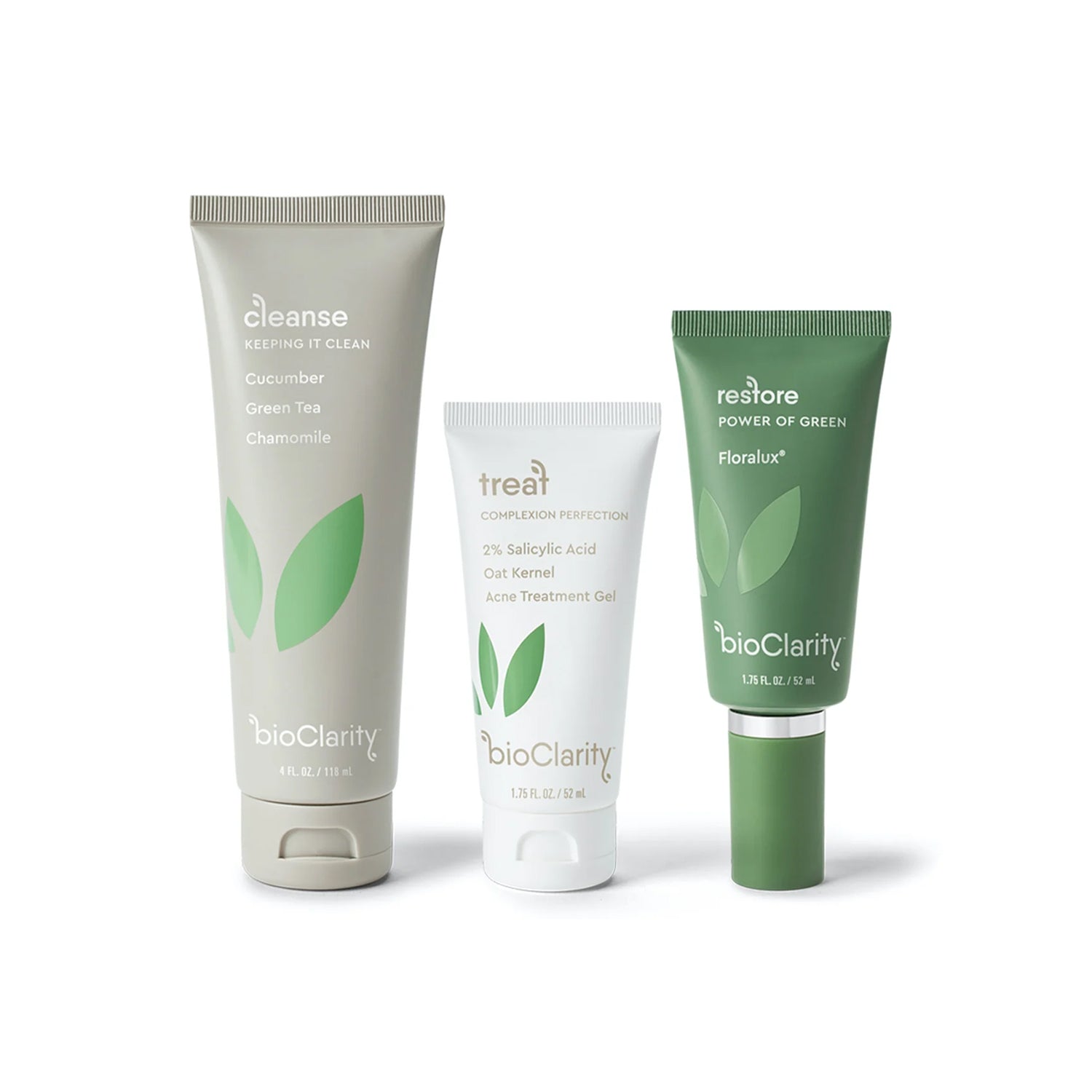
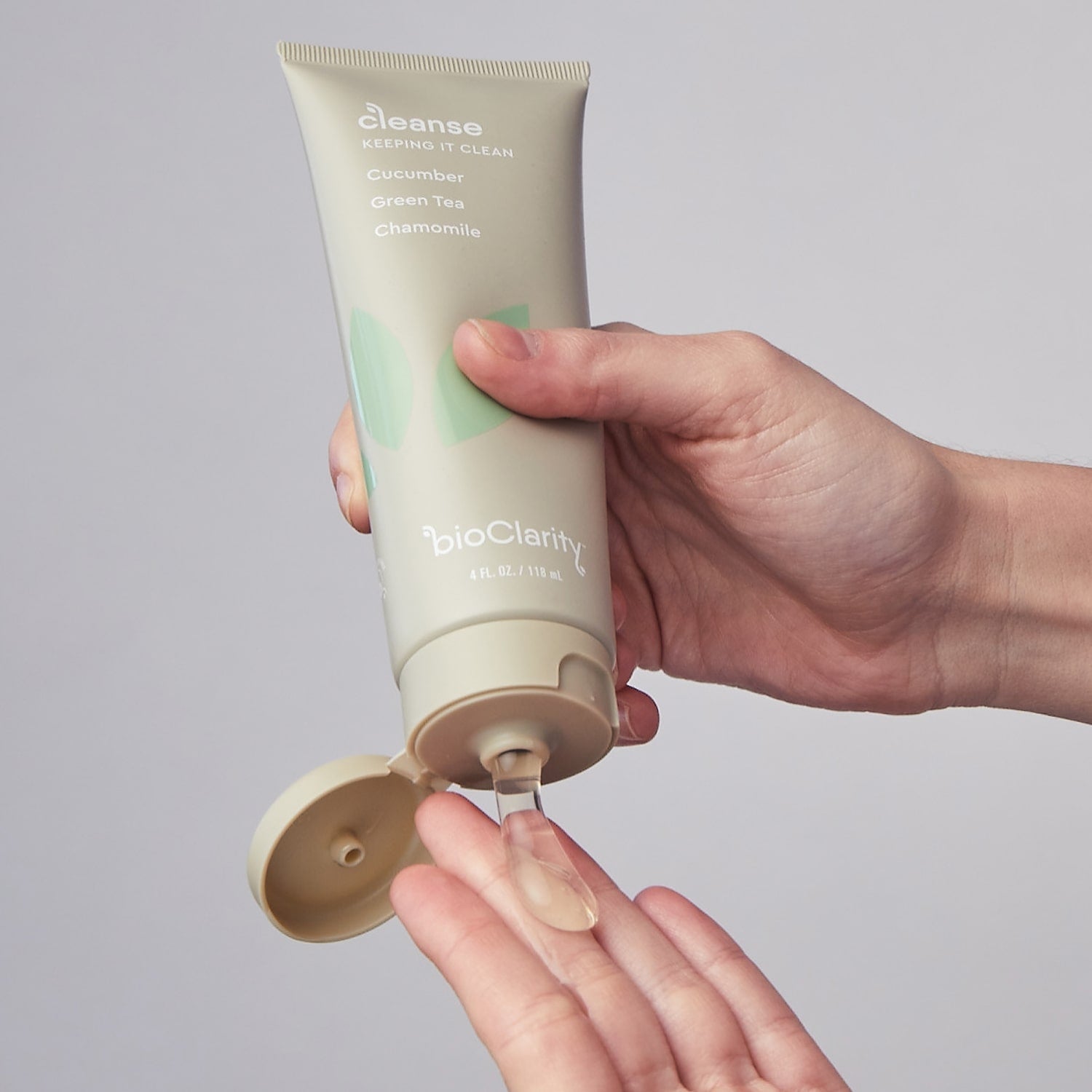
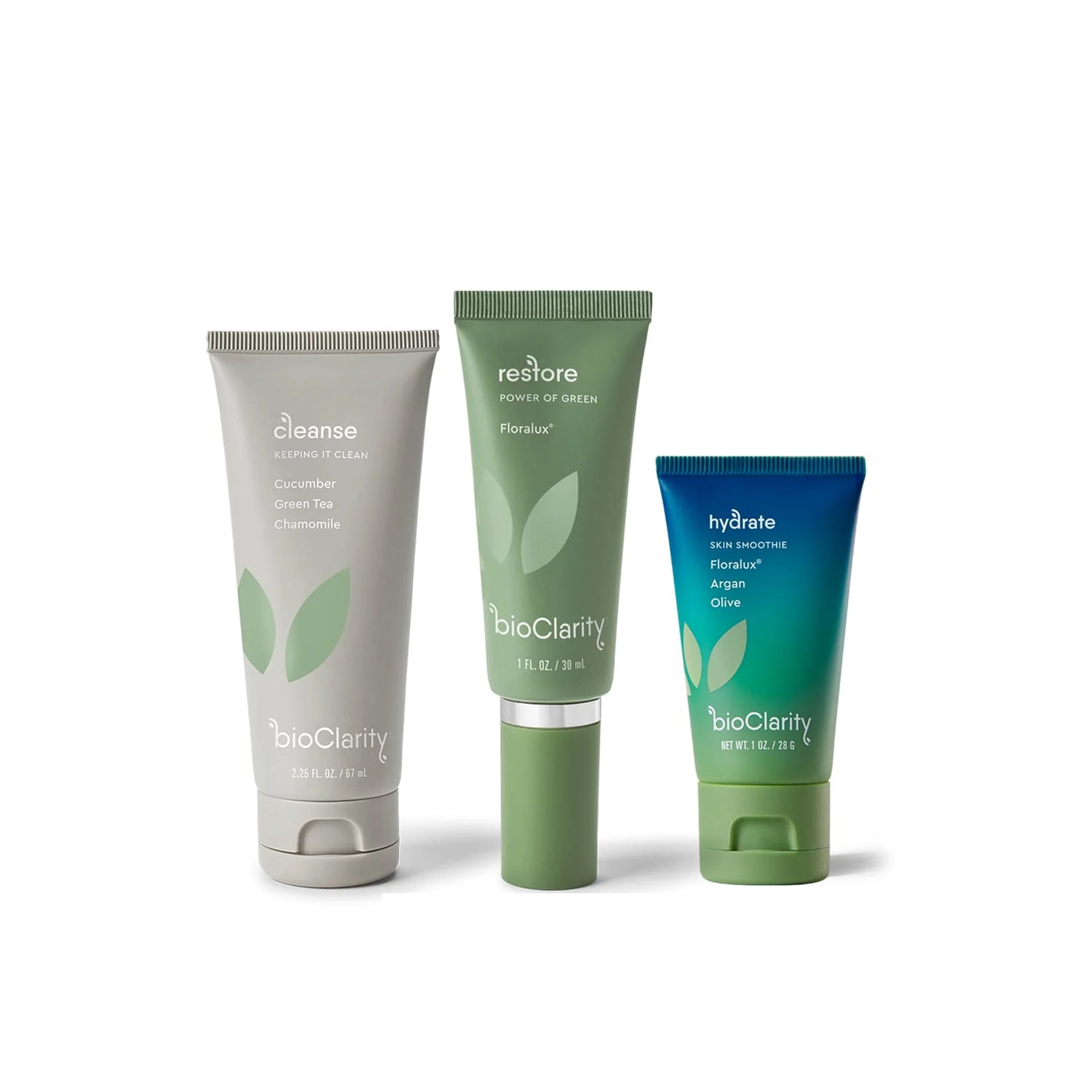
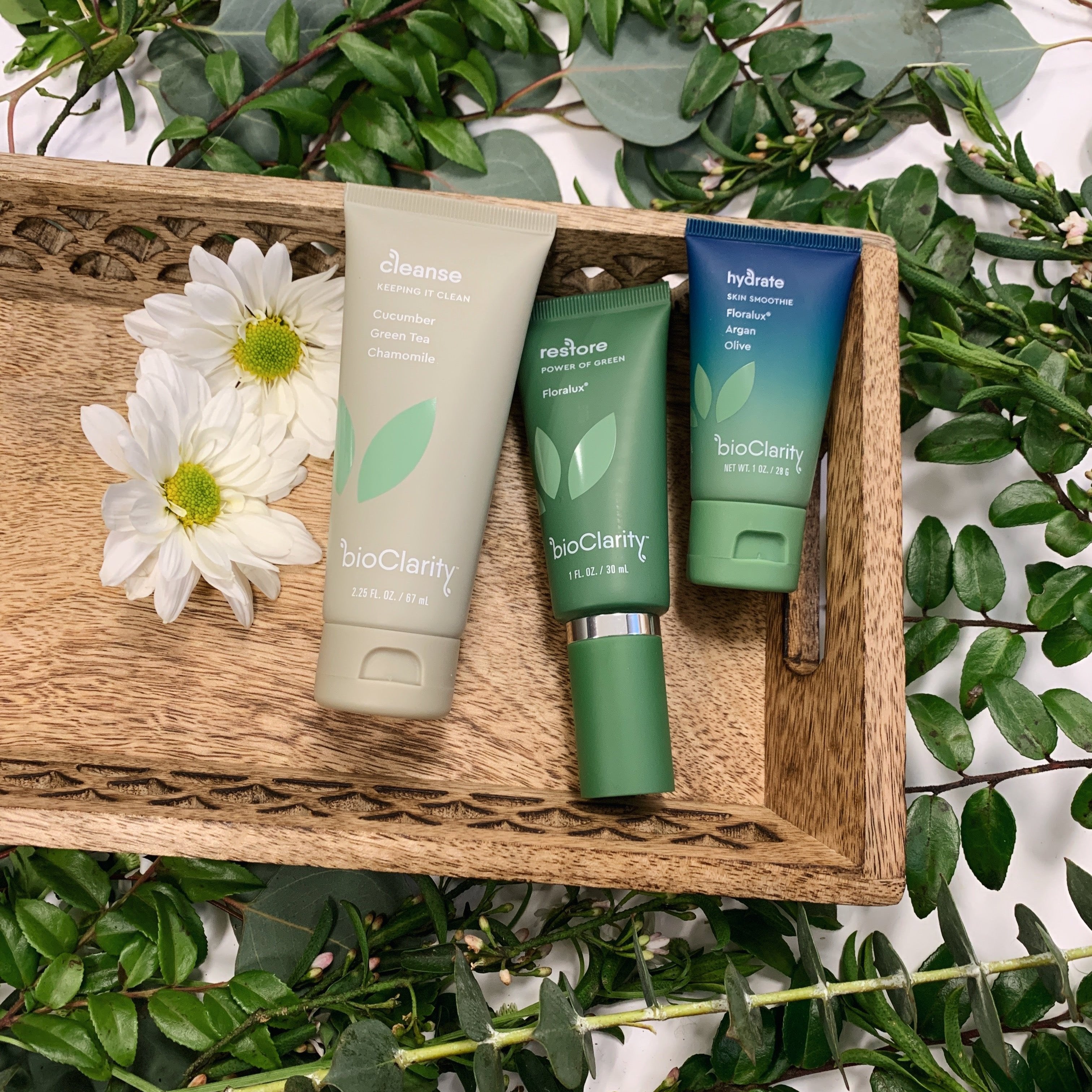
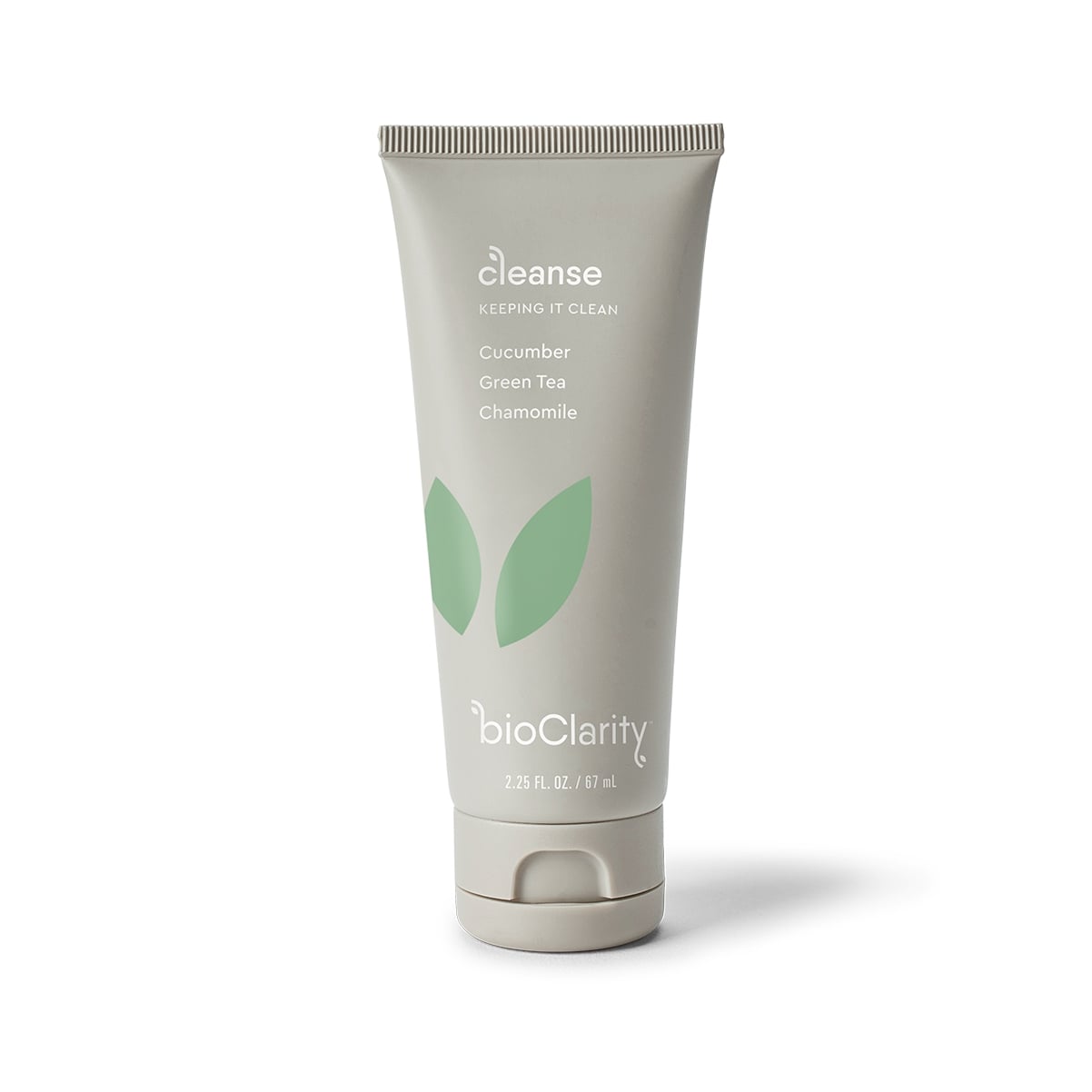
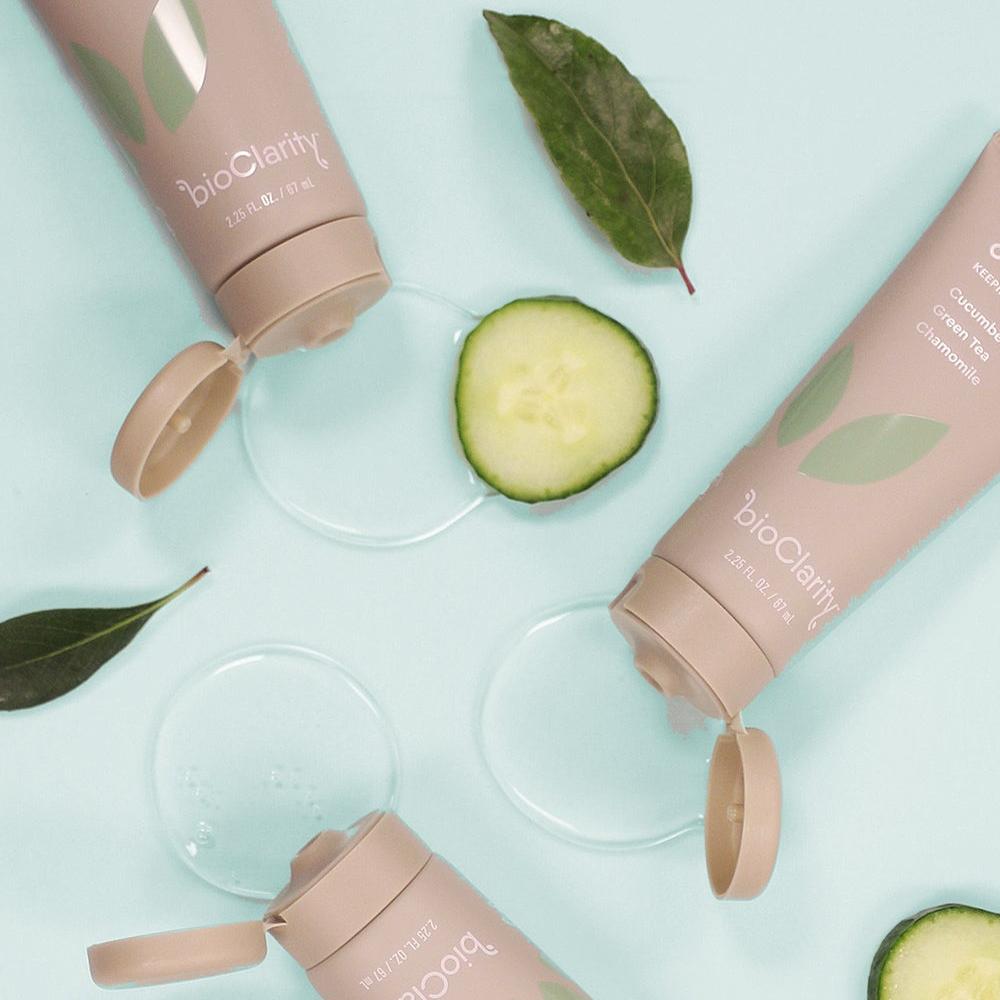


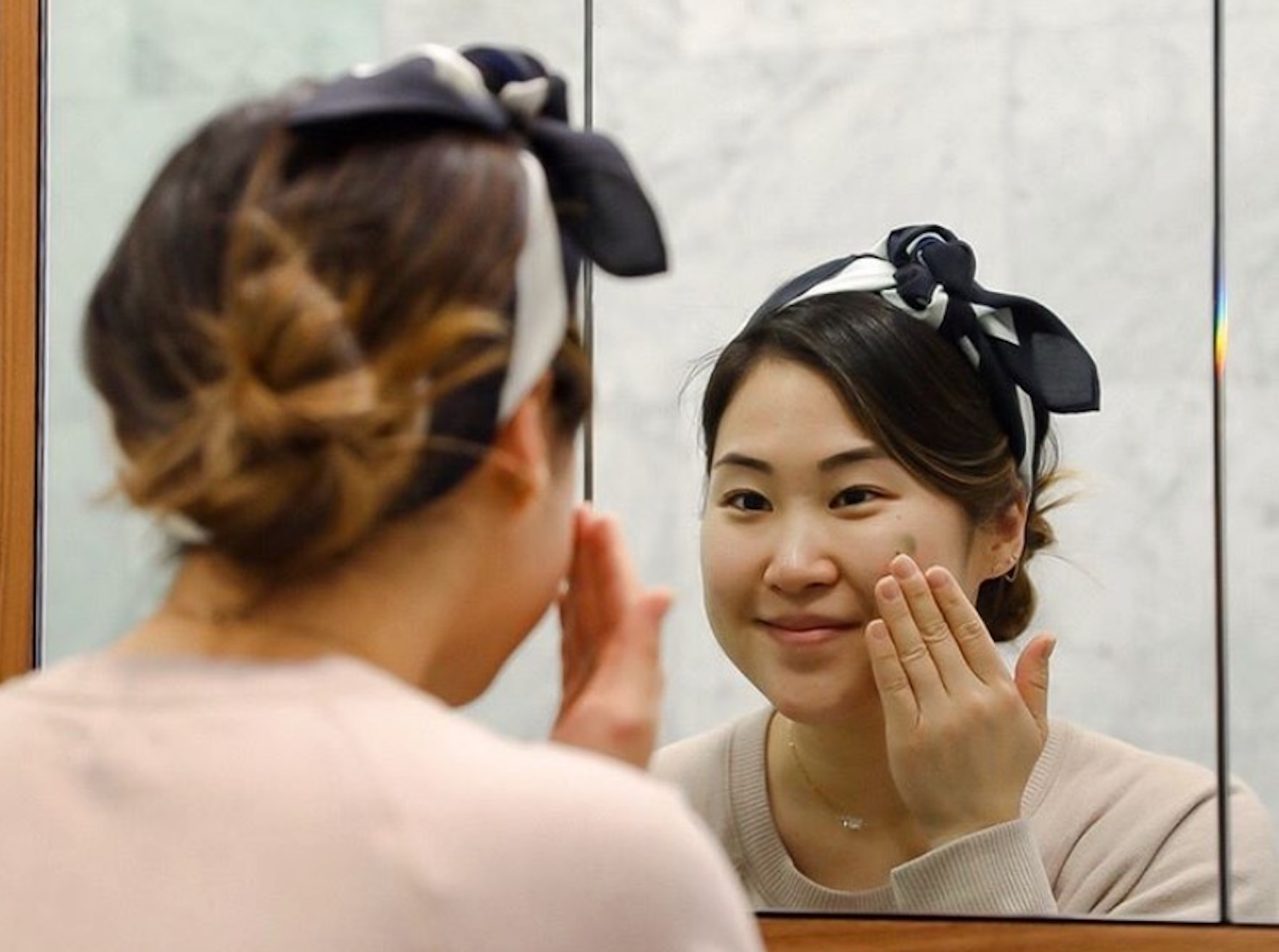
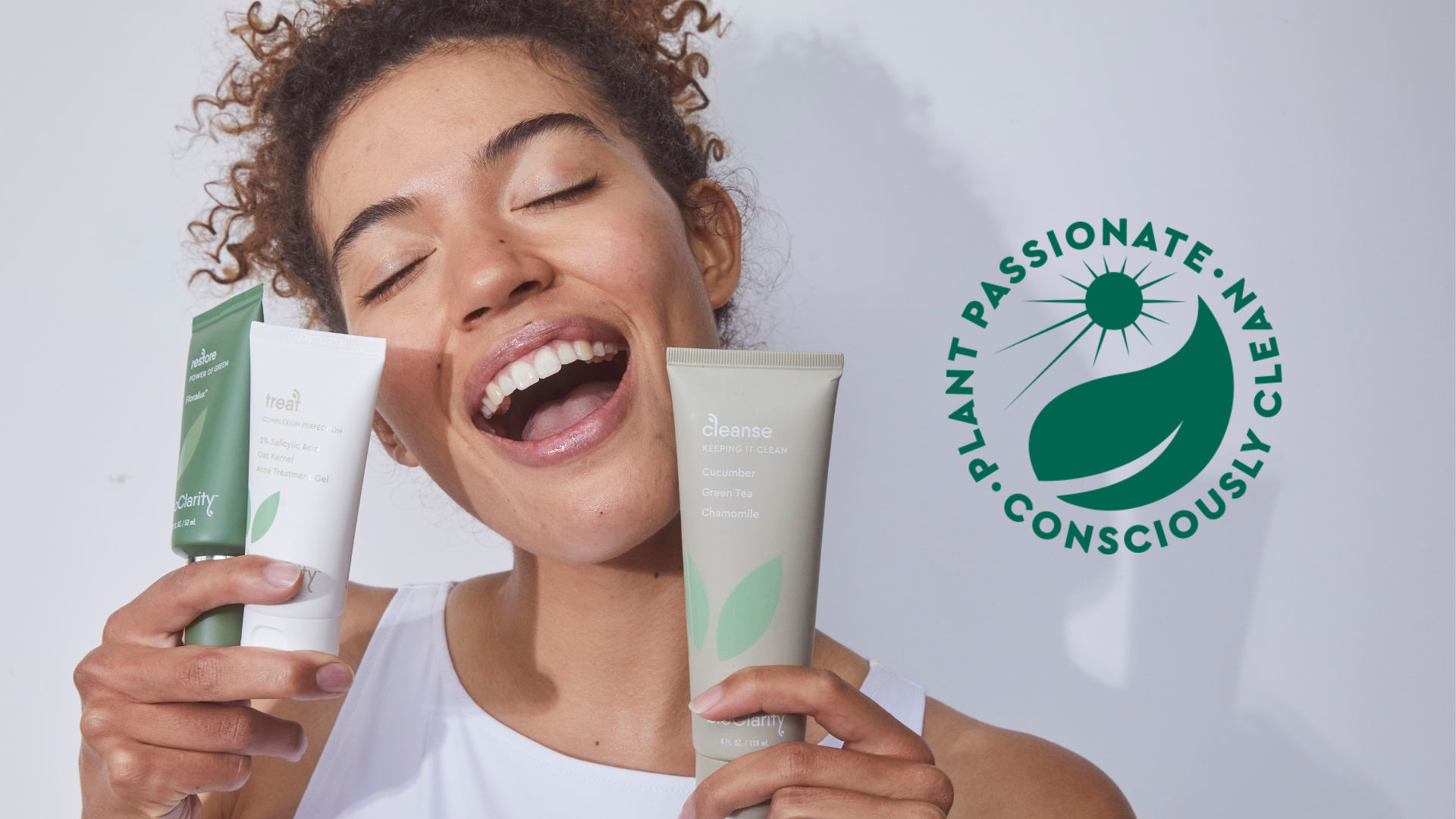
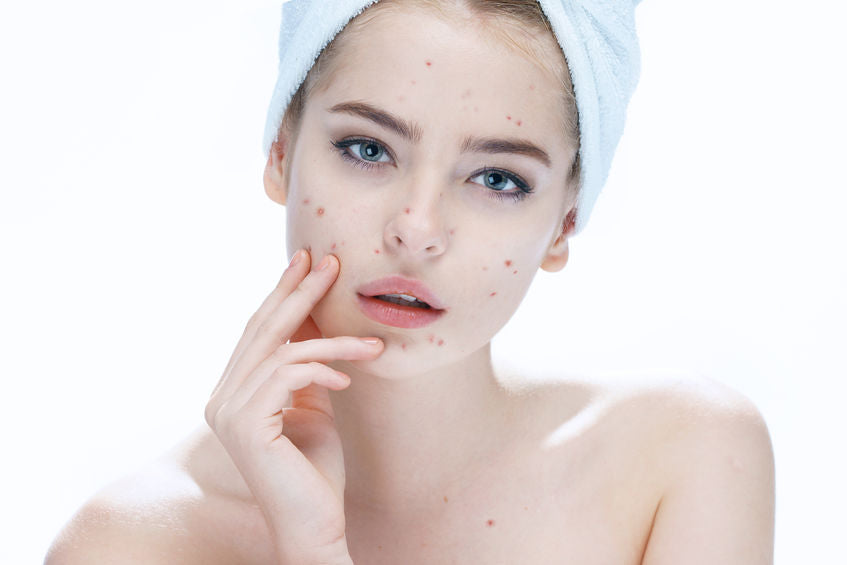
Comments